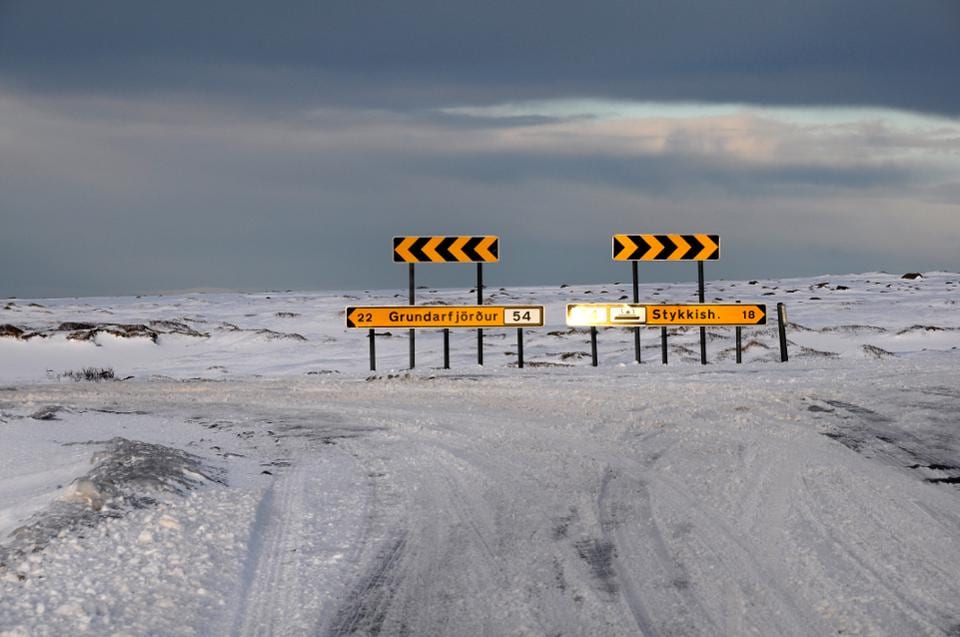Not all maps are created equal. Perhaps you’ve seen a map of the United States from the 1700s, where Michigan is shaped more like an arrowhead than a mitten. Or maybe you’ve been burned while trusting your smartphone for driving directions, only to be rerouted toward a dead end. If so, you know what I mean.
The same goes for customer-journey maps. Lots of companies have created them—82%, according to Gartner research. But the same study indicates that less than half of organizations are actually using their journey maps effectively.
What gives? There are lots of ways a journey-mapping exercise can go sideways, ranging from an incomplete view of the customer experience to a distorted perspective that’s influenced by organizational biases. Below, we’ll look at three common errors that could be derailing your company’s efforts at customer-journey cartography:
Failure to identify all the touchpoints. A customer-journey map strives to list every point of contact between a customer and brand. Some of those are easy to spot, such as a purchase, service request, or website login. Others are trickier—especially when they’re initiated by the consumer and don’t take place on one of your physical or digital properties. Yet these contacts are common: a McKinsey report indicates that two-thirds of the touchpoints during the active-evaluation phase of the sales process are consumer-driven, and many of them happen in the wild, at venues ranging from Internet review sites to backyard barbecues.
Just because you can’t measure or control the family cookout doesn’t mean it’s not a critical touchpoint, so it’s important to identify it through customer research and acknowledge its place in the customer journey. (Another oft-overlooked touchpoint is post-purchase engagement. The same McKinsey study found that more than 60% of customers who bought facial skin-care products headed online to conduct additional research after making their purchase.)
Failure to prioritize the most important touchpoints. Customers have lots of brand interactions, and a great journey map notes all of them. But that’s not to say that all touchpoints are equally important—and indeed, as this study shows, it’s easy for marketers to become overwhelmed by a map cluttered with undifferentiated touchpoints. The best maps flag all the interactions so you can guard against critical gaps and lapses, but also highlight the most important points of engagement so you can efficiently focus your strategic energies.
Failure to see the journey from the customer’s perspective. Old-world explorers and cartographers often had a hard time getting beyond their ingrained ways of seeing—that’s how the Caribbean Islands got labeled as the West Indies, for example. Modern businesses can fall into similar traps, viewing the customer journey through a siloed, department-isolated lens that doesn’t take the full picture into account. Here Bain uses a great (hypothetical) example to illustrate the point: a broadband provider might survey new customers about their experiences with call-center reps and installation technicians, and get encouraging results in each case—but neither survey would capture the fact that the customer grew frustrated by how long it took to schedule the installation appointment.
A well-crafted customer journey map is an invaluable tool to help you manage your customers’ experience with your brand. But not all maps are good ones, and to get where you want to go you’ll need a view of the customer journey that’s accurate, comprehensive and easy to read.
Source: 3 Common Errors That Can Render Your Customer Journey Maps Ineffective

